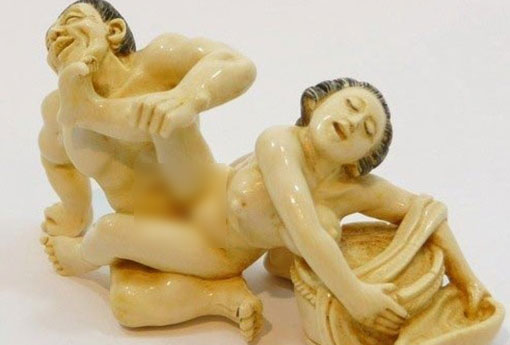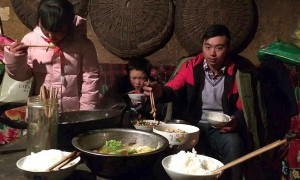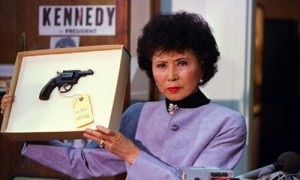Entry overview: Erotic Palace Tu refers to paintings with the theme of intercourse between men and women, also known as Secret Opera Tu, Erotic Palace Painting, and is called "Spring Painting" in Japan. The origin of erotic palace painting is very early. According to the research of Dutch sinologist Gao Luopei, in "Han Shu", "sit in the painting house for the handover of naked men and women, buy wine to invite parents and sisters to drink, and make them look up at the painting." The erotic palace map of the day after tomorrow.

Basic Information
Chinese name: Erotic Palace Tu
AKA: Secret Play
Meaning: Paintings with the theme of sex between men and women
Due to the age, the erotic palace paintings of the Han and Tang Dynasties no longer exist, and the Song Dynasty "Spring Night Secret Drama", the thirty-six and twelve erotic palace paintings painted by the Yuan Dynasty painter Zhao Ziang also do not survive. Most of the extant works are from the Ming and Qing dynasties. The earliest surviving bas-relief painting is the work of the Japanese painter Keen Sumiyoshi from the 9th century during the Heian period.
origin
The origin of erotic palace painting is very early. In "Han Shu", "sit in the painting room for men and women to have naked sex, buy wine to invite fathers and sisters to drink, and make them look up at the painting." In it, the nude sex painting of men and women is the erotic palace picture of the future. In the poem "Song of the Same Voice" written by Zhang Heng of the Eastern Han Dynasty, there is a verse: "The clothes are removed from the gold powder, and the pictures are displayed on the pillow; the plain girl is my teacher, and the demeanor is full of squares." The picture used as a model is the erotic palace picture, "Su Nu" refers to the "Su Nu Jing" of Fang Zhongshu.
The habit of viewing erotic paintings and young ladies is also described in Chinese classical literature. The Tang Dynasty poet Bai Xingjian's "Heaven and Earth Yin-Yang Gathering Huan Da Le Fu" mentioned the picture album of "Su Nu Jing". Wei Yangsheng in Li Yu's "Flesh Pouf" in the Qing Dynasty, in order to raise a beautiful woman who was like a mud-shuo woodcarving, without any interest, "goes to the painting and calligraphy shop to buy an exquisite erotic booklet, which is the handwriting of Zhao Zi'ang, a scholar of this dynasty. , there are thirty-six sets in total, the thirty-six palaces of Tang poems are all about the meaning of spring, and they are placed in the boudoir, so that they can read together with Miss Yuxiang."
It can be seen that in ancient China, one of the functions of the erotic palace map was as a medium for sex education. In addition, erotic palace pictures are also popular among the people as "fire avoidance pictures", "protecting books" and "dowry paintings". In the Ming and Qing dynasties, some women in Tianjin Yangliuqing and other places sold erotic palace paintings as New Year paintings every year before the Spring Festival. This is the famous "Daughter Spring".
Contents of works
The ancient Chinese erotic paintings depict all aspects of the sexual life of men and women, and the content is very rich. For example, it depicts the different sexual positions of men and women, and what the different positions play, some of which are not fully understood even by today's people; depicting the "pre-sex" and "post-sex" of sexual intercourse between men and women; depicting different sexual intercourse places, such as horses Sex on the back, which may be a sexual custom outside the great Wall; there are also some "playing baby pictures", that is, couples have sex next to the baby, which may link sex and reproduction. There are also some erotic paintings depicting the sexual life of some sexual minorities, such as homosexuals and fetishes.
detail
The women in the erotic pictures always wore shoes and bound feet whenever they had sex on mats or where the maids could see them. Shoes and foot bindings were only taken off on the covered bed, and foot bindings were only changed after bathing.
influences
In ancient times, Chinese erotic paintings had a great influence on India and Japan. Sculptures were popular in ancient India. Among them, the Kajeraho Temples built around the 11th century, the outer and inner walls of dozens of temples were covered with sex sculptures of various shapes. In comparison, Japan's "Ukiyo-e" was more influenced by the erotic paintings of the Ming Dynasty.
"Ukiyo-e" is an art form in Japan to describe the daily life of the folk, and there are many sexual contents in it. Compared with the erotic paintings of the Ming Dynasty, the contents of Japanese "Ukiyo-e" are exaggerated and full of fantasy, and the depiction of the sexual organs of men and women is very prominent. Some paintings also take the form of comic strips, which are very rare in China.







